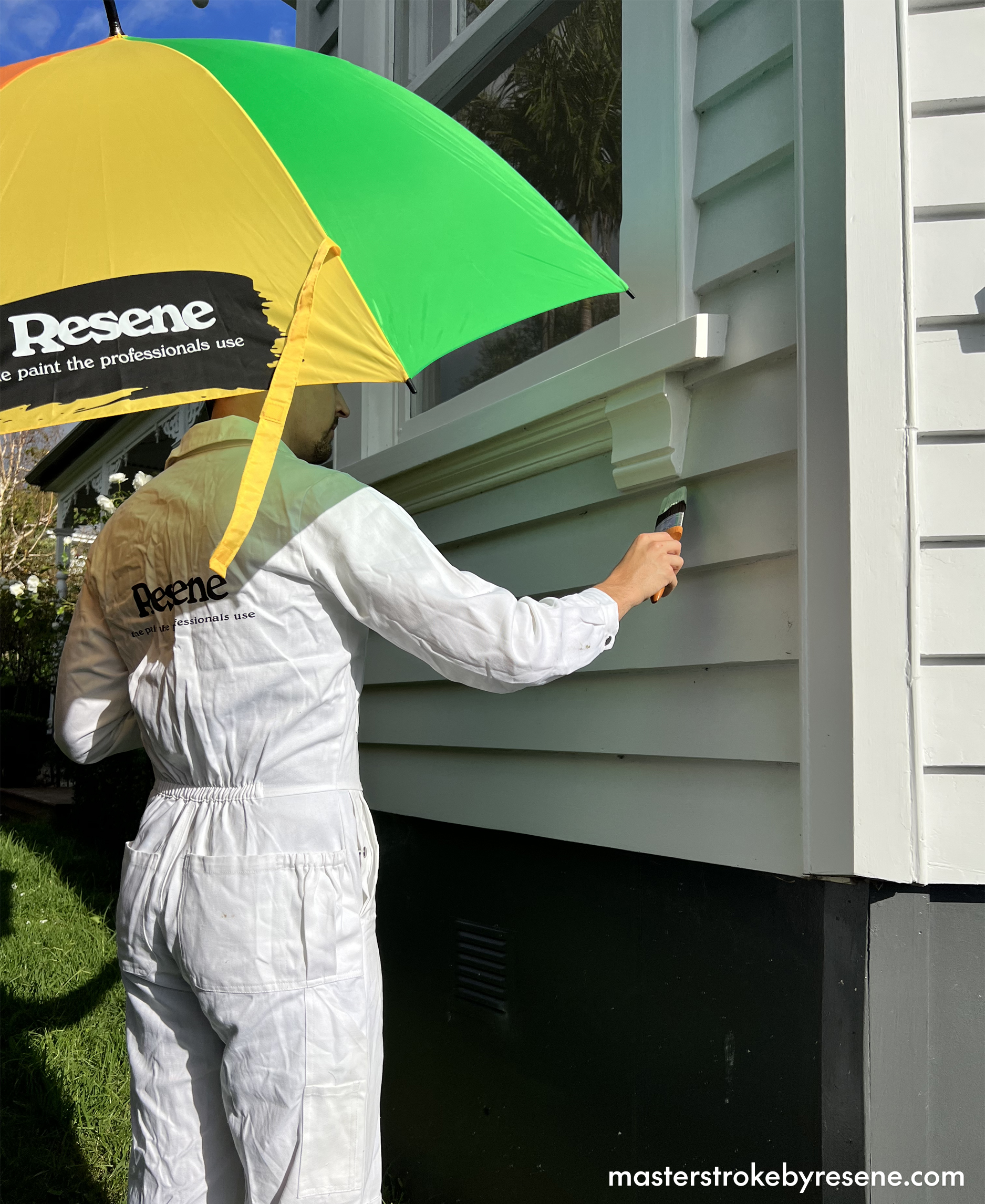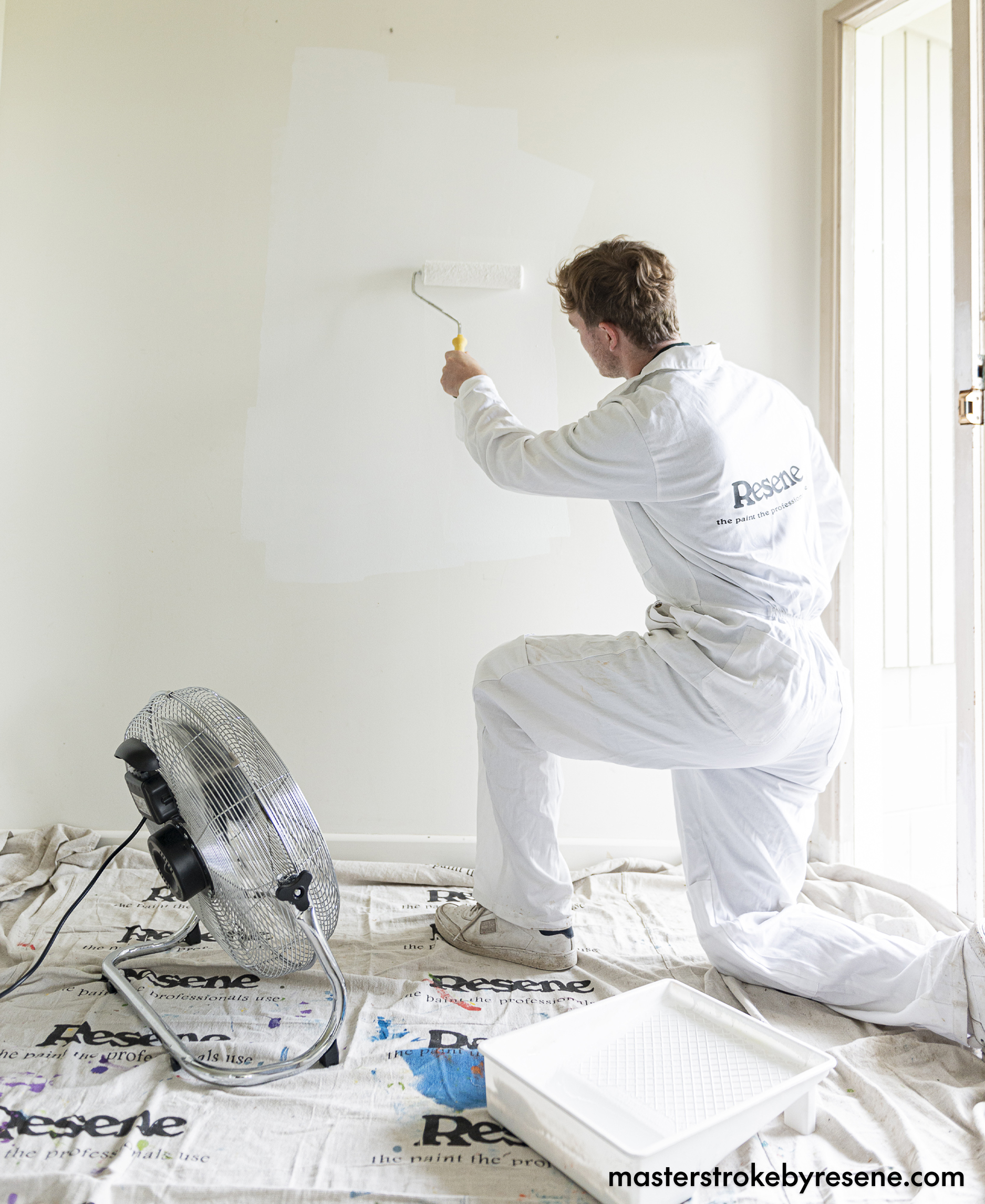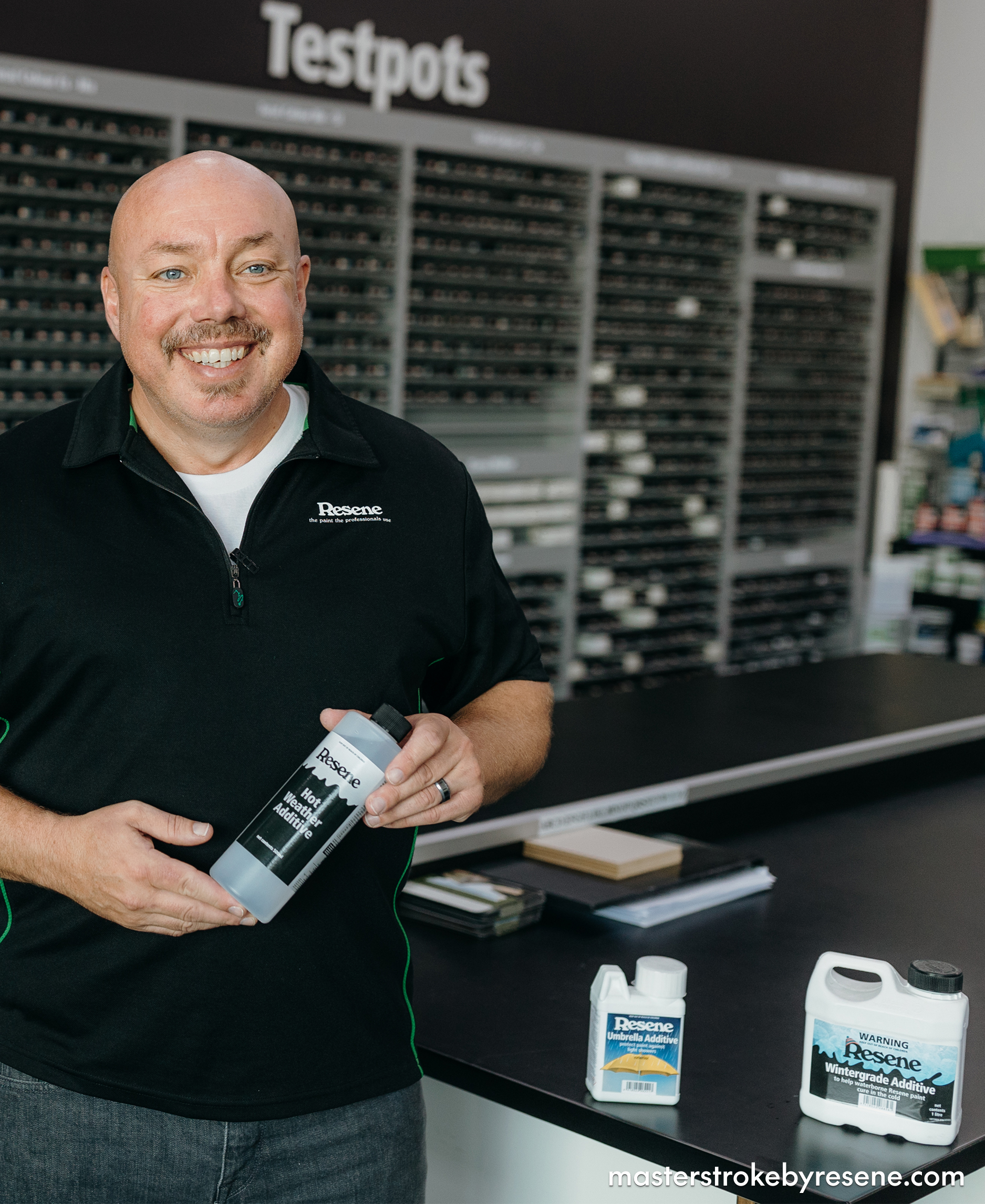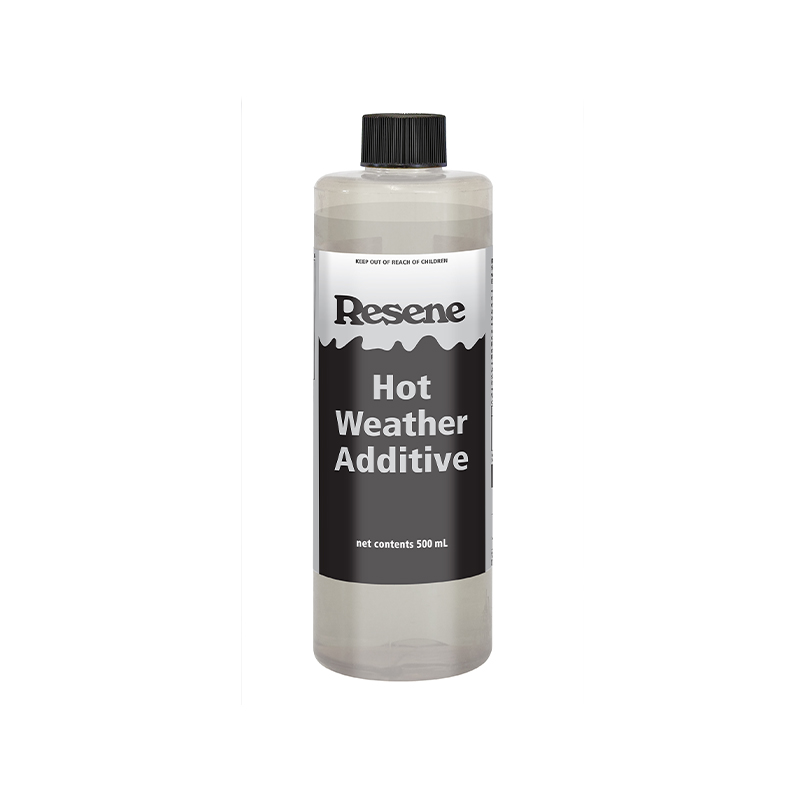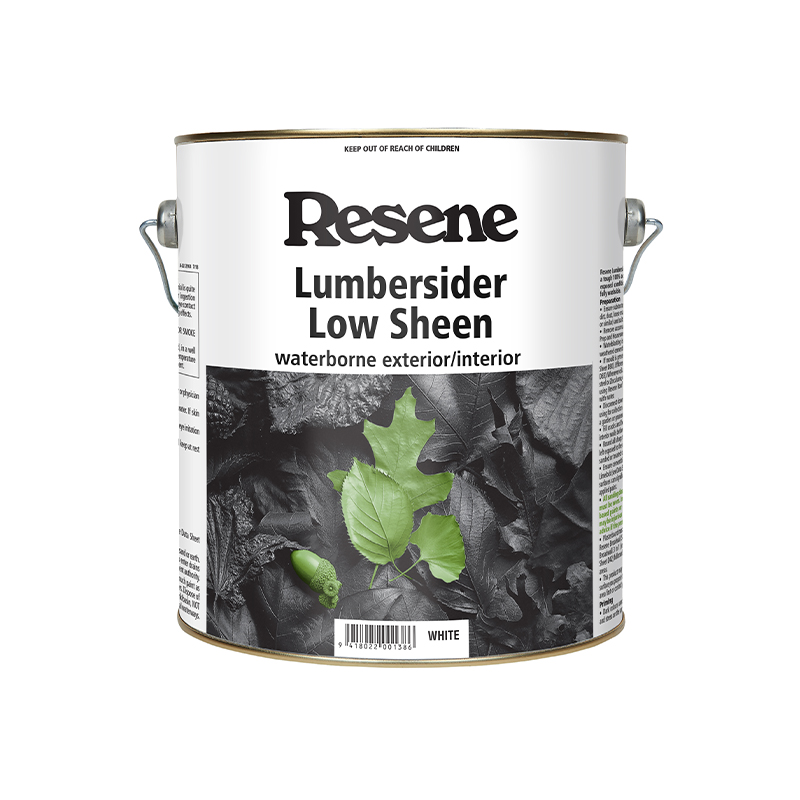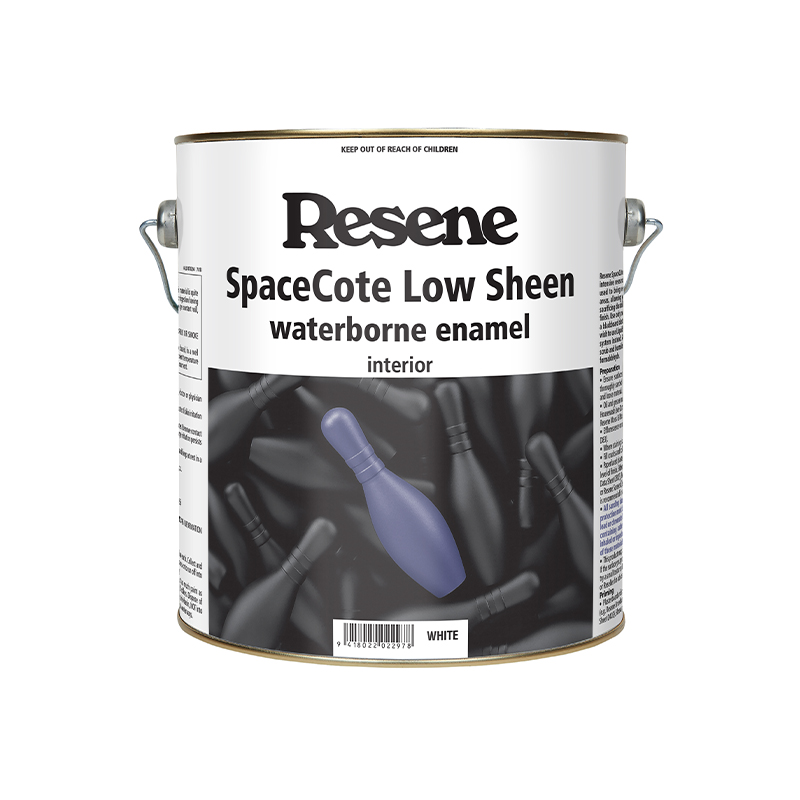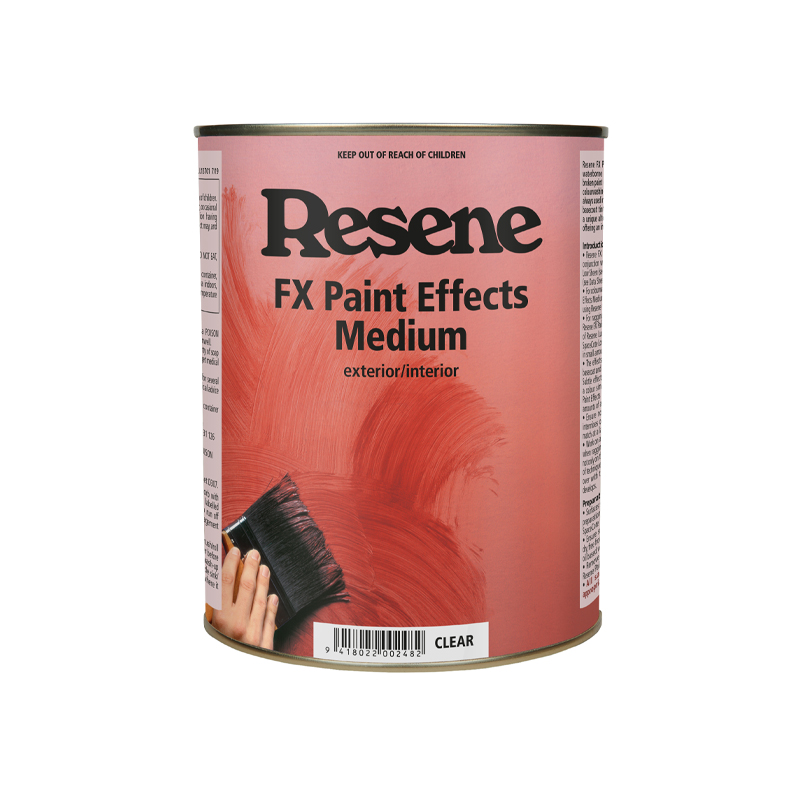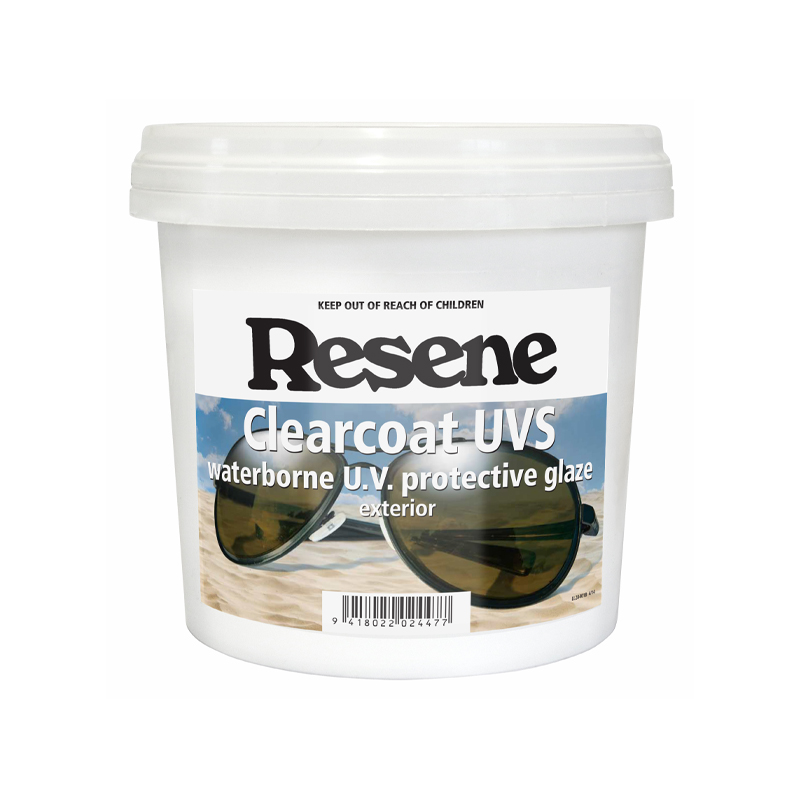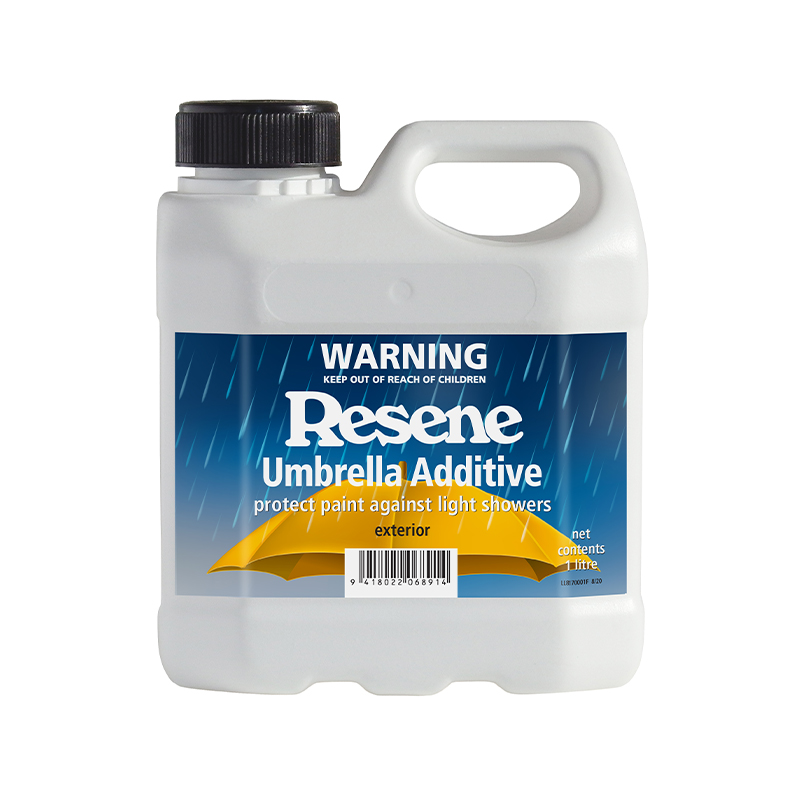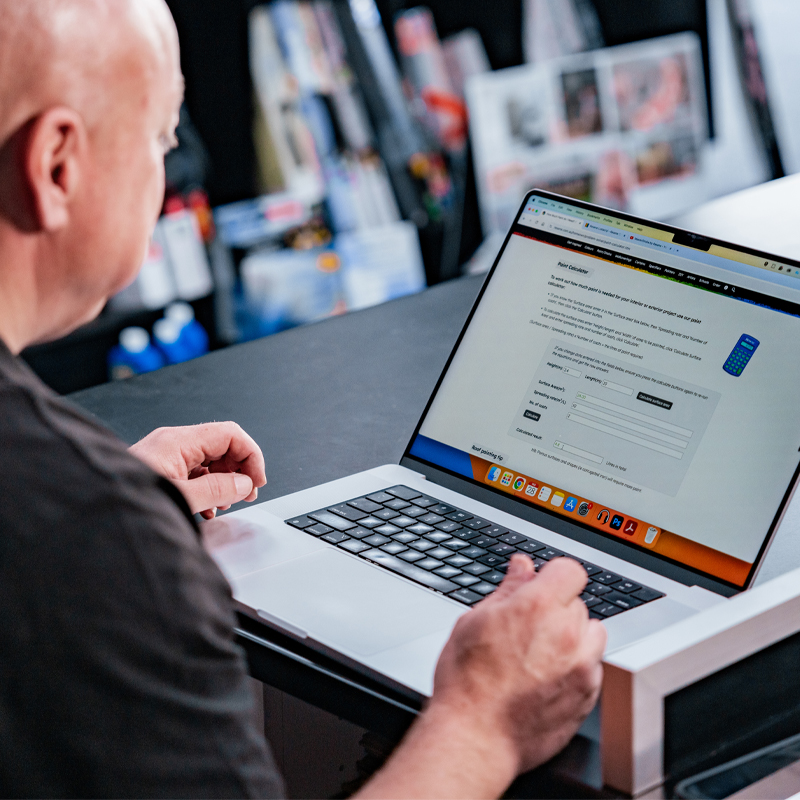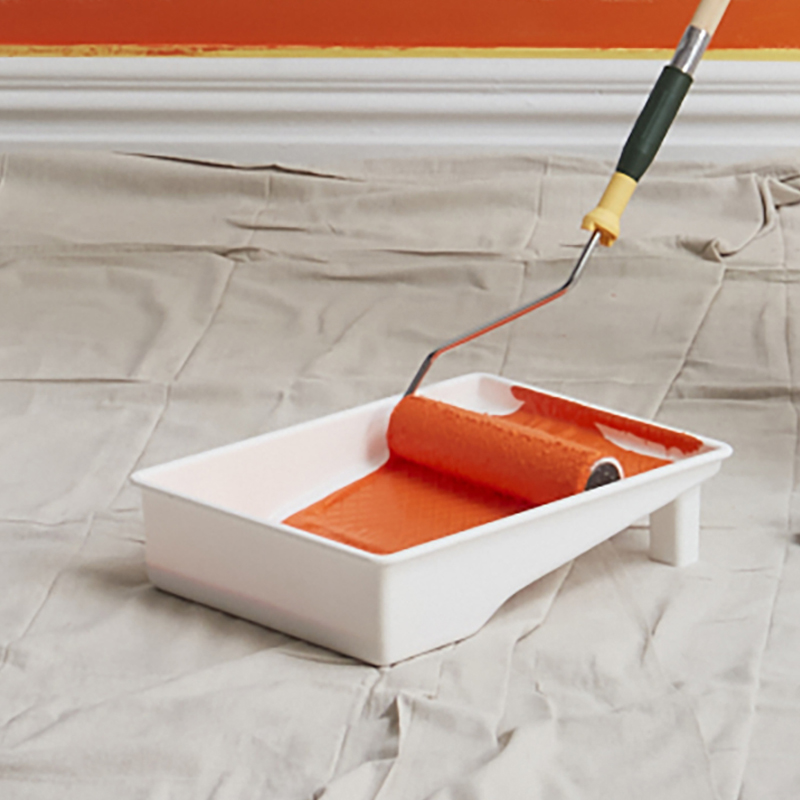In this part of the world, we’re used to experiencing four seasons in one day. This can mean that the perfect painting day can be impossible to predict or control. The good news is there’s a wide variety of Resene products that can help you adapt as conditions change.
The perfect painting day
If the stars – and sun and clouds ‒ align, the perfect painting day would be 15-20°C with humidity of 70-80% and a very gentle breeze. Another way to look out for the perfect painting day is to ask yourself: “Does the weather pass the washing line test?” If your clothes aren’t drying on the washing line, your paint won’t dry on the walls. Another test to try is applying a thin coat of water to a piece of timber, if the water has not evaporated in 15 minutes, hold off on painting until it does.
How to paint in hot sunny weather
A hot sunny day might seem like the ideal time to paint, but in fact it can make painting and staining quite tricky as the paint can dry too quickly. When paint is drying too quickly, it can be difficult to maintain a wet edge. Maintaining a wet edge means making sure the edge of your paint brushstrokes stay wet and don’t dry out before the next stroke is applied. Wet edge painting avoids lap marks and streaks, creating a better end result.
Adding Resene Hot Weather Additive to exterior paints such as Resene Lumbersider Low Sheen, or interior paints such as Resene SpaceCote, will prevent your paint from drying too quickly in hot weather, making it easier to maintain a wet edge. Resene Hot Weather Additive can also be used alongside Resene FX Paint Effects Medium if you are creating a two-tone look or limewashed effect.
If you can’t avoid painting your exterior in the height of summer, start painting on the shady side of the house and try to stay ahead of the sun. Remember, painting your home exterior is a big investment in time and effort and choosing a cheap and poor-quality paint is a false economy, especially with our UV light levels. Resene waterborne paints are built to withstand UV degradation and will last much longer than cheap paints. Some paint colours, such as bright organic reds like Resene Red Berry and yellows such as Resene Wild Thing, are more vulnerable to fading caused by UV radiation – for these colours, a final coat of Resene Clearcoat UVS, which contains UV inhibitors, will help maintain the colour’s vibrancy.

